It’s never a good day when a tractor or combine tire goes down. Maybe a sharp piece of metal has speared it and left you completely flat. Or, maybe you’ve discovered a chipped lug, bead damage—or you’re staring at your tire’s cords through a nasty gash. If you find yourself in this situation, there’s actually good news: the tire may be repairable.
How Vulcanized Repairs Can Save You MoneyA damaged bank account is the first thing most farmers think about when they spot a damaged tire. Or how the search for a decent used tire is going to waste time you don’t have. Don’t worry: NTS Tire Supply can help you with both these problems.
In reality, your damaged tire may still be good thanks to vulcanizing technology. Vulcanizing repairs can save your operation hundreds or thousands of dollars in tire replacement costs.
If for some reason a vulcanized repair isn’t a good fit for your tire (we cover the reasons below), we have a pretty good idea where you can find a quality used tire from a reputable seller. But first, let’s take a look at the 3 types of vulcanized repairs.
These repairs involve the most severe type of tire damage—cuts through the tire’s cords. Section repairs include sidewall, tread face, and shoulder reinforcement. To perform this repair, our vulcanizer grounds or bevels out the damaged area. The inside of the cut is then layered with new ply. Next, the cavity is filled with new rubber from the outside. Then, a high-pressure heat cure forces the rubber tightly into the cavity to complete the repair. Our success rate for section repairs is about 95%.

Spot repairs address external tire damage that does not involve the tire’s cords. Examples include sidewall cuts, chipped lugs, shoulder cracks, and bead damage. During a spot repair, our vulcanizer grounds or bevels out the damaged area and fills the outside of the cavity with new rubber. A high-pressure heat cure then forces the rubber into the casing and repairs the tire. Our success rate for spot repairs is over 99%.
We recommend using Orange Armor tire sealant to completely guard against future leaks.
3. StrippingUnder the demands of agricultural use, the inner lining of a tire can thin to the point where the cords become exposed.![]() During the stripping process, our vulcanizer applies a layer of new rubber to the inside of the tire, then bonds the new rubber to the casing with a high-pressure heat cure. Our success rate for stripping repairs is nearly 100%.
During the stripping process, our vulcanizer applies a layer of new rubber to the inside of the tire, then bonds the new rubber to the casing with a high-pressure heat cure. Our success rate for stripping repairs is nearly 100%.
You should choose your tire repair person the same way you would choose a mechanic—go with who you trust based on the company’s experience and reputation. We’re fortunate to have Gary, our vulcanizer, who performs hundreds of tire repairs each year.
If you have a damaged tire, your first step is to contact us to see if we can fix your tire. Even though we can repair some of the nastiest-looking gashes, not every tire is repairable. A tire is unrepairable if:

Once you contact us about your repair, we’ll let you know what the next steps are. For example, we might need some pictures of the tire to determine if a fix is possible.
If we determine that vulcanizing can’t save your tire, your next step is a used tire. NTS Tire Supply has thousands of used tires in stock at any given time, so check if we can source a suitable used replacement before you look at a new one. We have everything from like-new tires with factory blemishes (that don’t affect performance) down to low-tread tires that you could mount for one more season before you invest in a whole new set.
Every used tire we sell undergoes a complete inspection, inside and out. We look for anything that could impact the performance of the tire—weathering, casing issues, odd tread wear, etc. Can you say the same for a tire you might find on Craigslist or another online retailer?
Every tire we sell (or repair) is covered by our Black Gold Warranty.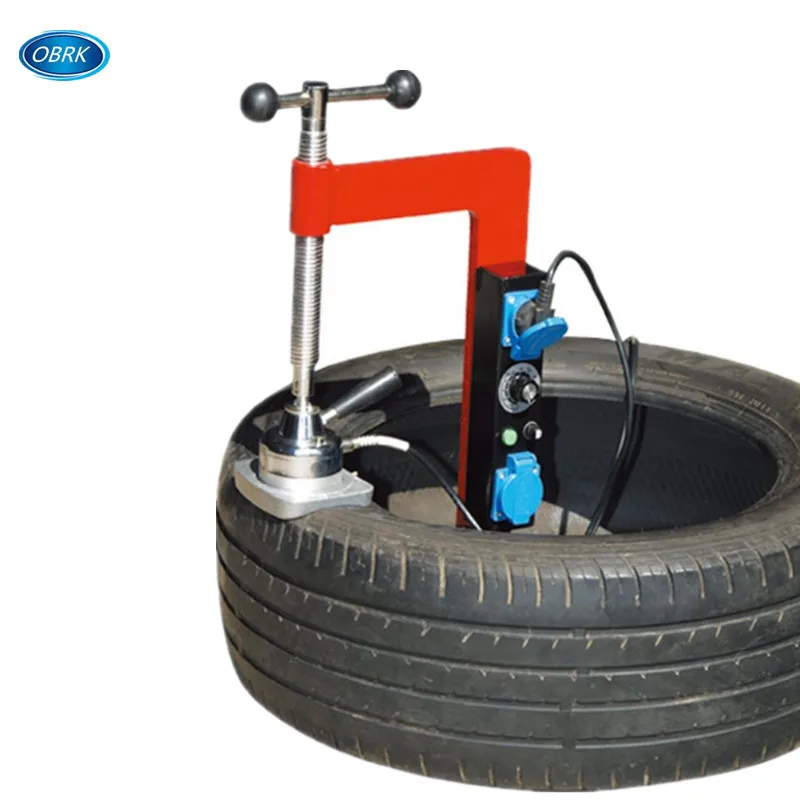 Bringing in a tire for a vulcanized repair? You’re covered. NTS Tire Supply stands behind every repair job with a full 2-year warranty. In the rare case that a repair fails, we’ll redo the job free of charge or refund the full cost of the repair.
Bringing in a tire for a vulcanized repair? You’re covered. NTS Tire Supply stands behind every repair job with a full 2-year warranty. In the rare case that a repair fails, we’ll redo the job free of charge or refund the full cost of the repair.
We also stand behind every tire (or track) we sell: a practice that has attracted loyal customers since the 1980s, when we first started selling used tires. If a product fails within the first 30 days after installation or 6 months after purchase (whichever comes first), NTS Tire Supply will offer free replacement, repair, or the full purchase price back including labor.
Read More: NTS Tire Supply covers every used tire we sell with our Black Gold Warranty.
Have a damaged tire? Contact us today and we’ll discuss your repair options. And if you need a used tire or want to upgrade the performance of a machine on your farm with a set of new rubber, our tire experts will work to find the best options for your operation. We’re here to help drive your farm forward.
We’re here to help drive your farm forward.
Editor’s note: This post was originally published on 3/27/2018 and has been updated for accuracy and comprehension.
Vulcanization of rubber is a process designed to improve the elasticity of rubber and strength via the presence of sulfur and heating, which changes the structure of the rubber molecules.
Car tires, the hoses that firefighters use, and rubber bands.
These are just a small sampling of the wide range of products that are made with vulcanized rubber.
Let’s take a closer look at these transformative processes.
Vulcanization is a process that involves the use of chemicals to change natural rubber into a stronger, more durable substance.
Vulcanization is the process of treating rubber or plastic with chemicals so that it becomes stronger, more stable or has more elasticity.
In its natural state, rubber is somewhat elastic and not as strong as it could be.
Vulcanization developed as a way to strengthen it.
During the process, sulfur and other additives – “accelerators” – are introduced in order to create a way to bridge, or connect the polymer chains that already exist in the rubber.
Once the rubber has been vulcanized, it can be used commercially due to its durability, strength, and its non-stick properties.
There are two processes by which vulcanized rubber is generated.
This process is the most typical process of vulcanization and involves heating the rubber with the use of sulfur and pressure at 150 degrees C.
Other chemicals and agents can be used throughout the process, such as fillers to increase strength and resistance to wear and tear, or carbon black that acts as a reinforcer.
Free vulcanization means that the rubber is vulcanized by passing extremely hot steam throughout the rubbers.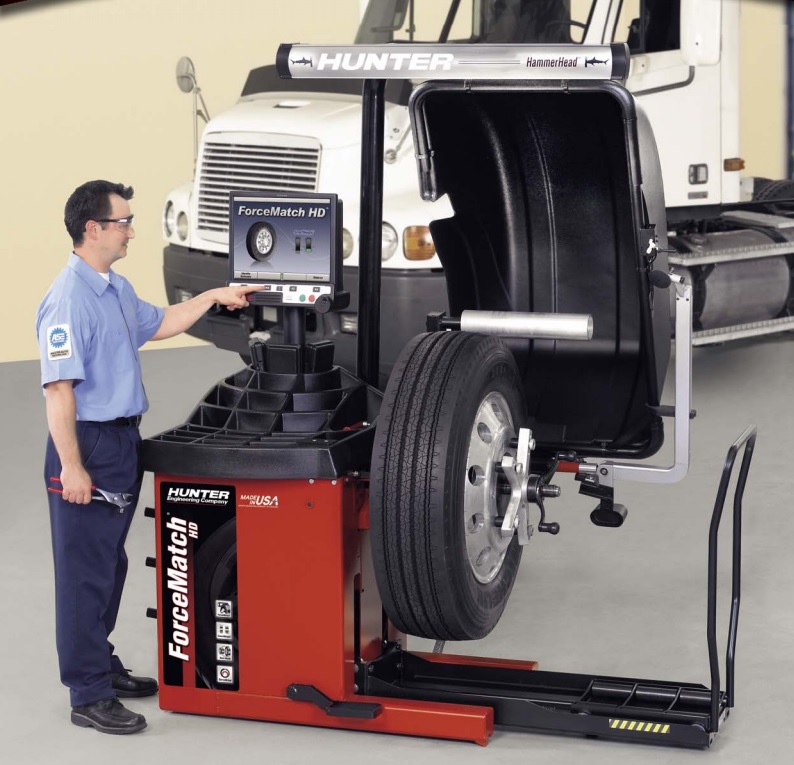
It takes about eight hours for vulcanization to be completed, however, certain chemical activators can be introduced to the process to speed up the time.
Each process for vulcanization is detailed and very thorough, meaning you need to know what you are doing to avoid danger or ruining the end result.
Pigments can also be added to create colored vulcanized rubber, and chemicals can be added to protect the color and durability.
Vulcanized rubber is used to make a variety of items, including the soles of shoes, hoses, hockey pucks, bowling balls, toys, tires, bouncing balls, and much more. Most of the rubber products manufactured are vulcanized.
There are many positives that can come from the vulcanization of rubber.
It’s 10 times more stronger and more durable than natural rubber and as a result, can be used for many more purposes than natural rubber.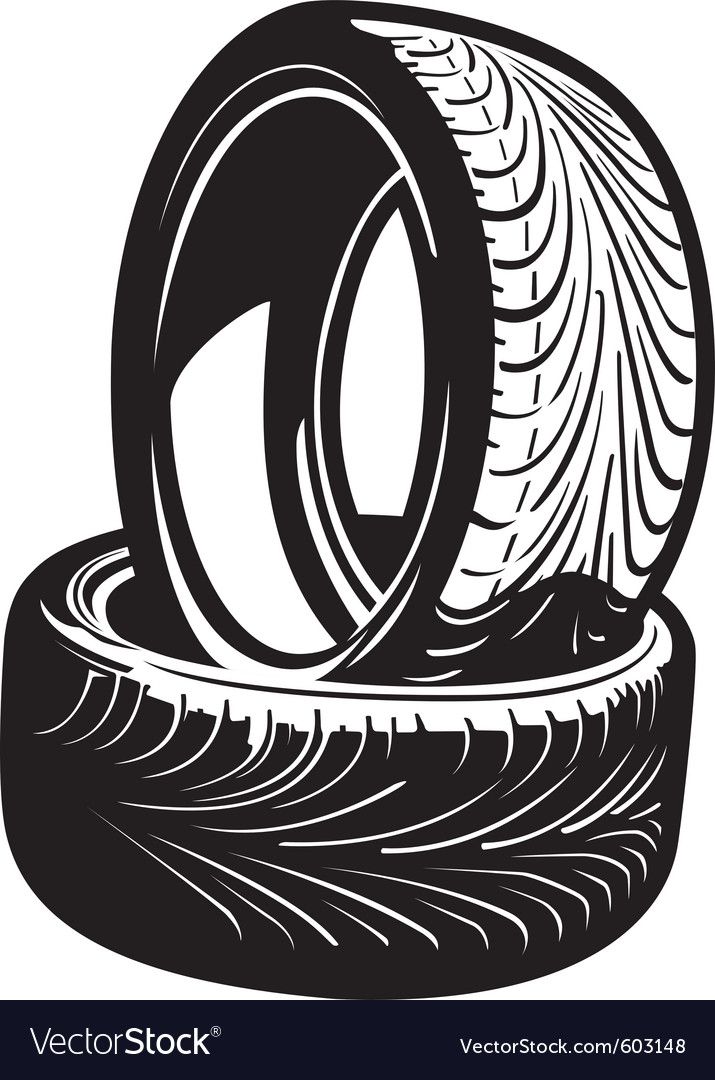
Here’s a sampling of the products that are made with vulcanized rubber.
With the vulcanization process, we have access to many more products, luxuries, and abilities than we would have otherwise.
If you’d like to increase your rubber vulcanization manufacturing productivity or make your vulcanization process more streamlined, give us a call and find out what we can do for you.
Do you have a rubber vulcanization manufacturing process that needs to be updated?
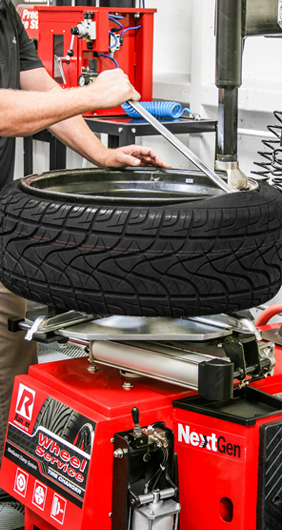 cc
cc Vulcanization is a complex technological process that transforms plastic rubber into rubber. At the same time, the shape of the product is fixed, it becomes more elastic, durable and solid. Rubber after vulcanization is difficult to break, its performance is improved, and endurance reaches incredible parameters. Chemists will call the process of vulcanization "cross-linking" of rubber macromolecules into a vulcanization network by transverse rare chemical bonds. For this, a special chemical agent is used.
The discovery of vulcanization, oddly enough, is not connected with intense research work, but with the banal negligence of work. An employee at the Massachusetts Rubber Factory accidentally dropped a lump of rubber mixed with sulfur onto a hot stove. The rubber was charred but not melted. It happened in 1839, the worker's name was Charles Goodyear, and therefore it is from that time that the development of vulcanization is counted. In 1844, the first patent appeared, according to which rubber was to be exposed to aqua regia and copper nitrite. The process got its name from the ancient Roman god of fire, Vulcan.
In 1844, the first patent appeared, according to which rubber was to be exposed to aqua regia and copper nitrite. The process got its name from the ancient Roman god of fire, Vulcan.
The inventor found his own vulcanization mode, noting that after it the rubber becomes resistant to temperature effects. To do this, lead and sulfur are involved in the chemical process, which are heated to the desired temperature along with rubber. Thus, elastic rubber is obtained, which is immune to the influence of sunlight and cold.
In the century before last, only sulfur was used for vulcanization, but over time, many other substances were added to it, for example, calcium sulfide, alkali sulfide, arsenic sulfide, lead, antimony, zinc salts, sulfur chloride and many other substances with a high sulfur content . Vulcanization was the impetus for the industrial production of tires. The last solution to the dough is associated with the activities of the Englishman Robert Thomson, who invented "air" wheels in 1846, and the Irishman John Dunlop, who pulled a rubber tube on a bicycle wheel.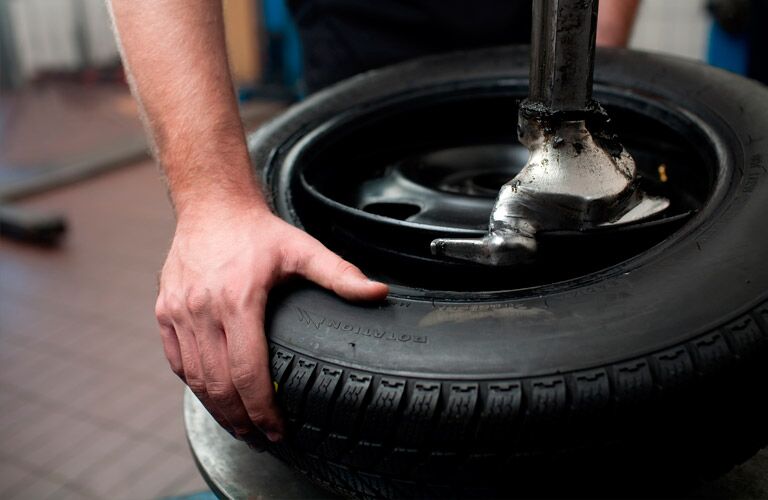
Tire vulcanization is one of the tools for repairing damaged rubber. As a rule, special plasters intended for cold and hot vulcanization are used. In the process, the chamber repair fluid interacts with the active layer of the patch patch. To process the surface of materials and places of defects, special cement BL is used. Adhesives are used to fix and connect structural elements and parts.
• Without heat treatment, two rubber components are bonded together in a cold vulcanization process. In this case, a patch with an adhesive layer is attached inside the tire. This process proceeds quite slowly, and therefore, at an average ambient temperature of 20 C, the tire should stand for a day after installing the patch. If it is colder outside, it will take two days to complete the process. For the process to go right, one should not deviate from the technology in anything. To consolidate the effect, it is worth using additional means for rubber after the end of vulcanization;
To consolidate the effect, it is worth using additional means for rubber after the end of vulcanization;
• If high temperatures are used to bond materials, this is hot vulcanization. For this process, the so-called "raw rubber" is used - a plastic mixture that restores the places of rubber damage. The vulcanization service is available at many service centers.
In order for tires to last long enough and not need vulcanization, they should be purchased from trusted virtual marketplaces, such as Rezina.cc. There are experienced professionals who can answer any questions. The advantages of an online store are a reasonable pricing policy and prompt delivery without an advance fee.
Wheels play one of the key roles in moving a car. The condition of the tires affects the safety and driving behavior of the vehicle. It is necessary to constantly check the wheels: for integrity and for pressure indicators, especially before traveling on a long journey.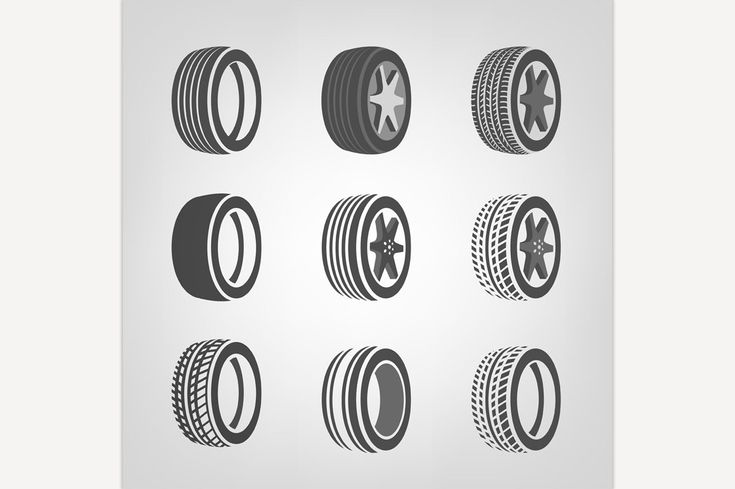 Occasionally, tire problems can occur on the road that may require professional attention. Today it is possible to quickly and efficiently troubleshoot with the help of vulcanization.
Occasionally, tire problems can occur on the road that may require professional attention. Today it is possible to quickly and efficiently troubleshoot with the help of vulcanization.
This process converts rubber into elastic rubber, which allows the integrity of the tire to be restored. Vulcanization is very relevant in the case when during the movement there is a violation of the integrity of the rubber. Such a nuisance significantly affects the pressure in the tires, and also leads to further destruction of the slope.
After high-quality vulcanization of rubber, the tire becomes harder and stronger, acquires greater wear resistance and elasticity.
Each vulcanization method has its own characteristics, however, the hot method is suitable for tire repair on the road, because it does not require additional time to wait for the desired result.
In order to understand the difference between cold vulcanization and hot vulcanization, it is necessary to consider in detail the stages of their implementation.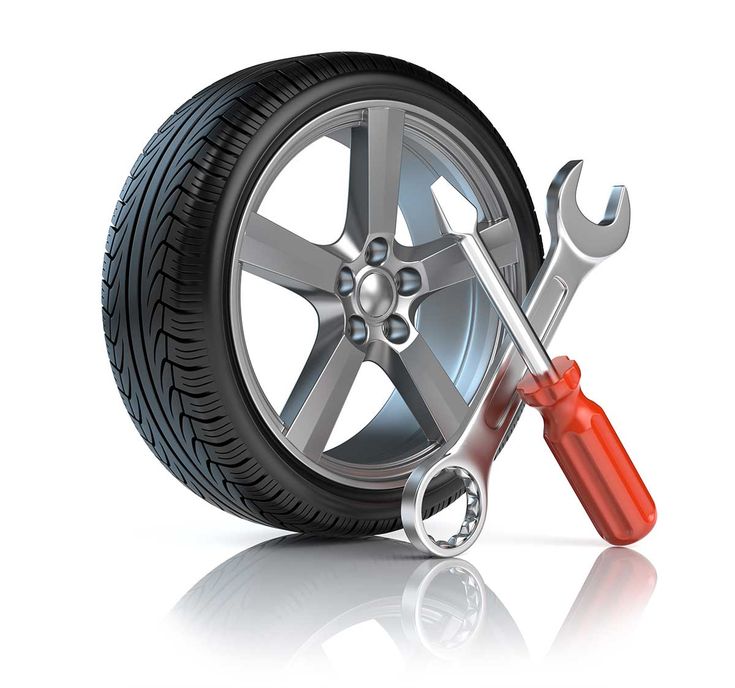
If we compare these types with each other, then the cold vulcanization process itself is faster and cheaper, although it requires additional time to obtain the desired result.